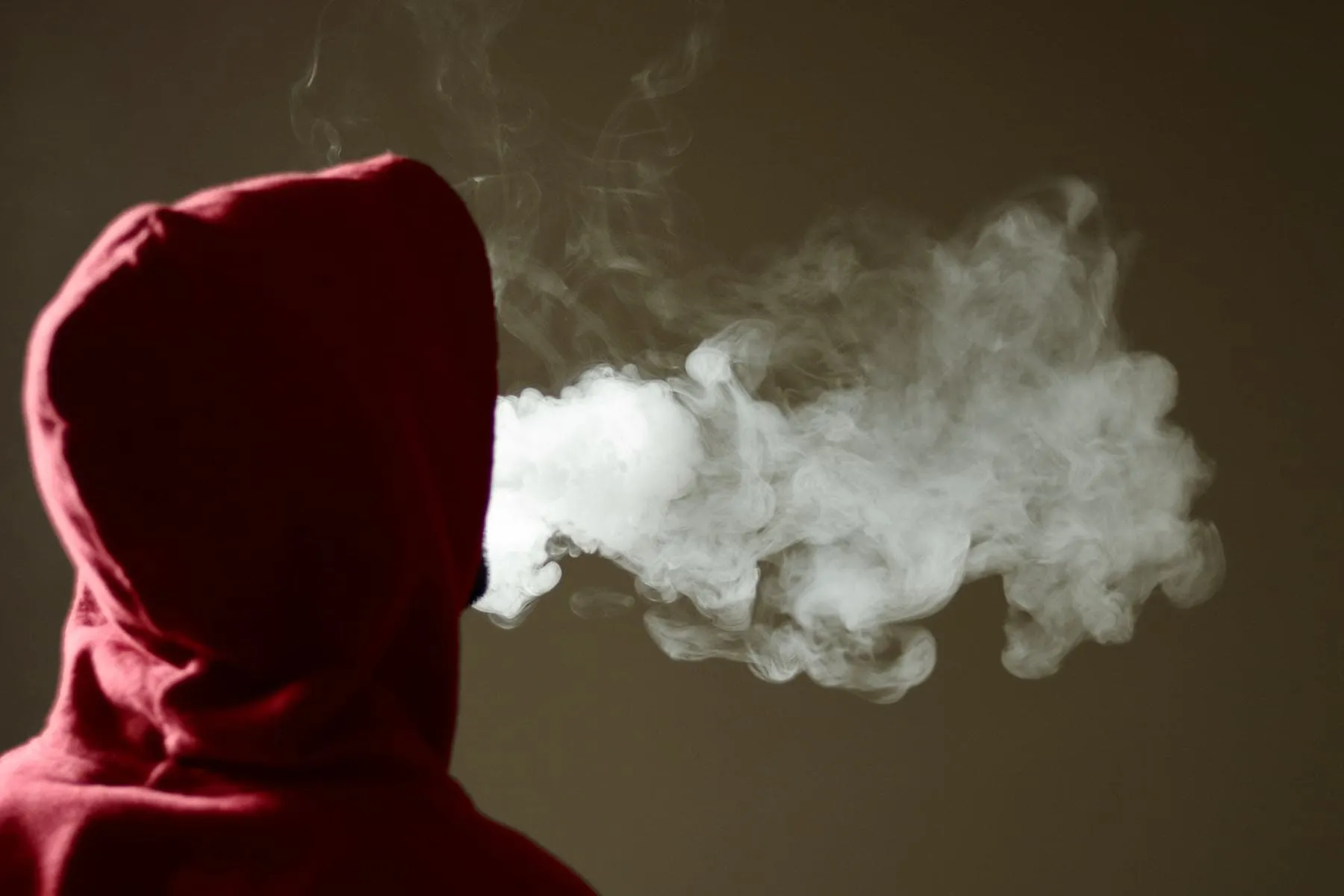By Amy Norton
HealthDay Reporter
WEDNESDAY, March 1, 2023 (HealthDay News) — For decades, people turned to cigarettes in times of stress. Now, a preliminary study hints that young people are using vaping in the same way.
The study, of nearly 2,000 U.S. teenagers and young adults, found that those who vaped nicotine or marijuana were more likely to report anxiety, depression or suicidal thoughts. In fact, a majority of vapers said they’d suffered anxiety or depression symptoms in the past week, while over half had contemplated suicide in the past year.
The findings leave open the chicken-and-egg question.
“One of the challenges is in teasing out the cause and effect,” said Loren Wold, a professor in the Colleges of Nursing and Medicine at Ohio State University.
Many of the young people surveyed explicitly said they’d started vaping to deal with depression — including one-third of those who vaped marijuana.
That’s worrying, Wold said, since no one would consider vaping a healthy coping strategy.
Wold, who was not involved in the study, was lead author on a recent report from the American Heart Association (AHA) on the physical health consequences of vaping during adolescence.
There’s still a lot to learn, as vaping is a relatively new phenomenon, Wold said. But it’s clear there are shorter-term effects, including inflammation in the airways, blood pressure spikes and increased stiffness in the arteries.
So young people who vape could be “setting themselves up for heart and lung disease,” Wold said.
What’s “intriguing” about the new findings, he said, is that they link vaping to mental health.
The research is to be presented at an AHA meeting in Boston. Studies released at meetings are generally considered preliminary until published in a peer-reviewed journal.
But the results are the latest in a line of work raising concerns about the “epidemic” of vaping among young Americans.
In 2022, over 2.5 million U.S. kids reported vaping, according to the nonprofit Campaign for Tobacco-Free Kids. And many were not just experimenting: Almost half of high school students who vaped said they did it on most days.
Vaping devices work by heating a liquid that produces a “vapor,” allowing users to inhale nicotine or THC (the active ingredient in marijuana). But while vaping does not involve smoke, it’s not benign.
Kids are still getting hooked on nicotine, and being hit with the harms of that drug (or THC), which can include effects on brain development. Plus, Wold said, the liquids in vaping devices do not — contrary to popular belief — produce “harmless water vapor.”
When heated, those liquids actually churn out over 1,000 chemicals, he said. Whether those exposures can directly affect kids’ mental health is not yet known.
The new findings are based on an online survey of 1,921 teens and young adults, ages 13 to 24. A majority said they had vaped in the past month, including 830 who said they’d vaped both nicotine and THC.
Overall, 70% of THC-only vapers said they’d had anxiety issues in the past week, as did over 60% of those who vaped nicotine or both drugs. That compared with around 40% of participants who’d never vaped.
Meanwhile, over half of all vapers had struggled with depression symptoms in the past week, versus one-quarter of nonvapers. Some — 20% to one-third — said depression had driven them to try vaping.
It’s not clear why they thought it might help, but Wold said he suspects industry marketing is partly to blame: Kids are regularly exposed to vaping images and messaging on social media, in ways that portray it as “cool” or a way to enjoy life.
Dr. Rose Marie Robertson, deputy chief science and medical officer for the AHA, is the senior researcher on the study.
She pointed to the “broad view” — the fact that kids today are distressed by many things, from violence to the divisiveness in civil discourse. And they need help in dealing with that, so they do not turn to substances, she said.
When it comes to vaping itself, Robertson said the problem needs to be tackled from various angles. One is regulation.
“We advocate for public policies that we have data to demonstrate will help prevent kids from taking up vaping — things like eliminating flavored tobacco products,” Robertson said. “Flavors are a big part of the reason that many kids begin to vape.”
In cases where kids are already vaping, schools could potentially step in to offer help in kicking the habit. Unfortunately, Robertson said, many schools lack the resources.
Instead, she noted, students caught vaping are often suspended from school — which may only worsen the situation.
As for parents, Wold said it’s important that they talk to their kids about the dangers of vaping. And if their child is already vaping, he added, that’s an opportunity to ask why — and possibly find out they’re dealing with mental health issues.
More information
Campaign for Tobacco-Free Kids has more on vaping.
SOURCES: Rose Marie Robertson, MD, deputy chief science and medical officer, American Heart Association, Dallas; Loren E. Wold, PhD, professor and assistant dean, biological health research, College of Nursing, and professor, physiology and cell biology, College of Medicine, Ohio State University, Columbus; presentation, Feb. 28, 2023, American Heart Association’s Epidemiology, Prevention, Lifestyle and Cardiometabolic Health Scientific Sessions, Boston






